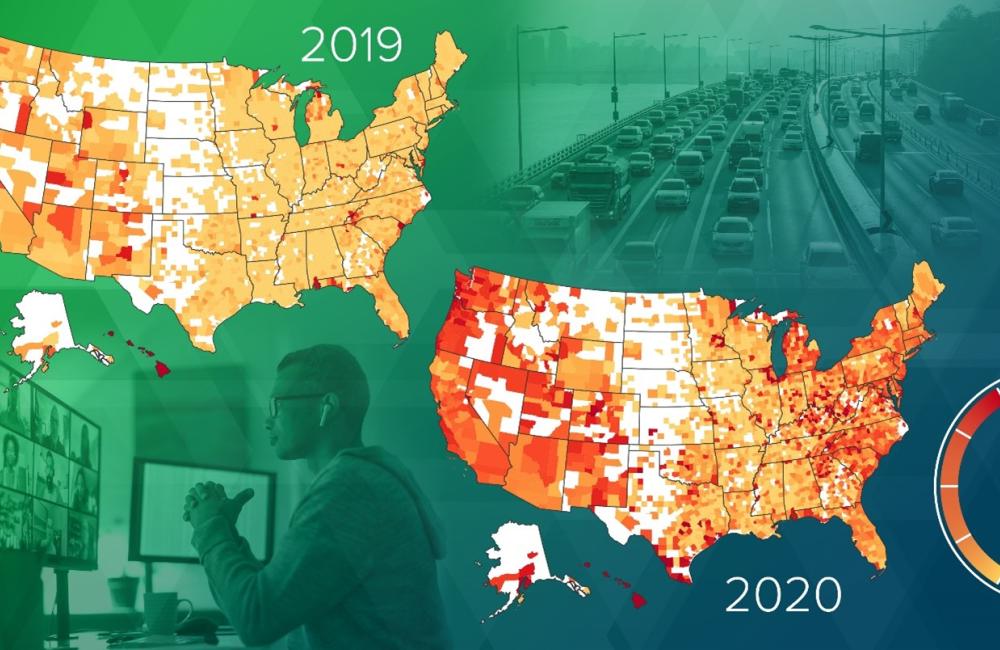2022-05-02 オークリッジ国立研究所(ORNL)

Oak Ridge National Laboratory researchers quantified human behaviors during the early days of COVID-19, which could be useful for disaster response or city planning. Credit: Nathan Armistead/ORNL, U.S. Dept. of Energy
研究チームは、何百万もの地点に設置されたGPSマーカーのセーフグラフデータを使用して、24時間にわたって人々が最も活動的だった時間帯を特定し、それらがパンデミック前のタイムテーブルとどのように異なっているかを明らかにしました。
<関連情報>
- https://www.ornl.gov/news/covid-changing-behavior
- https://www.sciencedirect.com/science/article/pii/S0966692322000187
米国における人の移動の時間的ダイナミクスの変遷 Shifting temporal dynamics of human mobility in the United States
Kevin Sparks,Jessica Moehl,Eric Weber,Christa Brelsford,Amy Rose
Journal of Transport Geography Published:16 February 2022
DOI:https://doi.org/10.1016/j.jtrangeo.2022.103295
Abstract
In this paper we analyze the average hourly temporal dynamics of human mobility in the United States from 2019 to 2020. We discuss how large decreases in human mobility nonuniformly effect the daily temporal dynamics of aggregate human behavior. The data used are weekly activity patterns for POIs from 2019 to 2020 in the United States, provided by SafeGraph and made openly available to academic and research institutions. We use clustering methods to create metrics describing how human activity changes throughout the day/week at the county and national levels. In response to significant mobility reductions starting March 2020, daily temporal patterns of human activity changed nonuniformly. Morning activity started later, and evening activity started earlier in 2020 compared to 2019, and temporal behavioral patterns on weekdays began to look more similar to weekends. The changes in daily temporal behavior persisted throughout the year even as total mobility levels recovered. The results provide insights on the changes in human behavior in response covid-19 policies and illustrate influences on social systems, health, and transportation networks.


